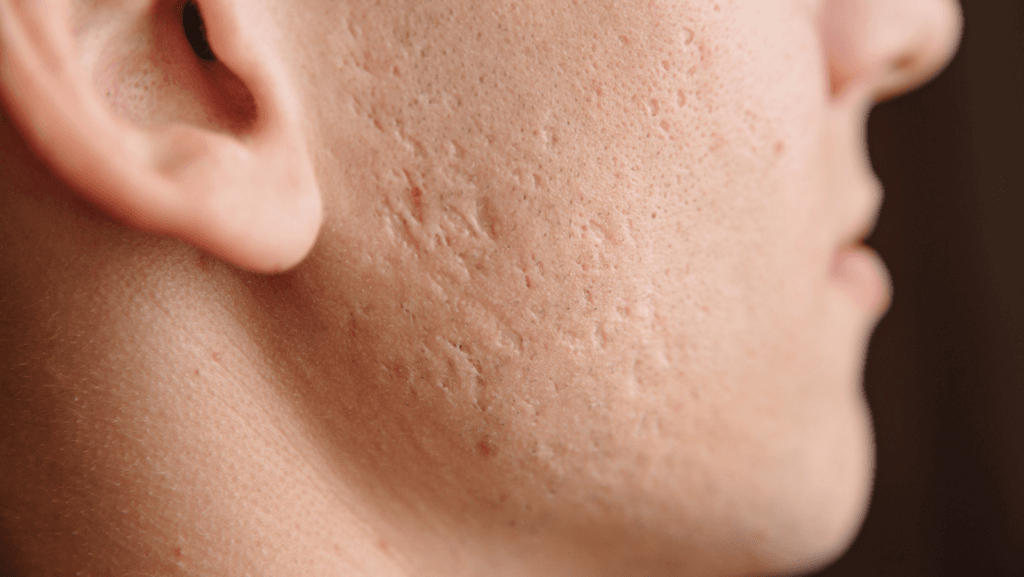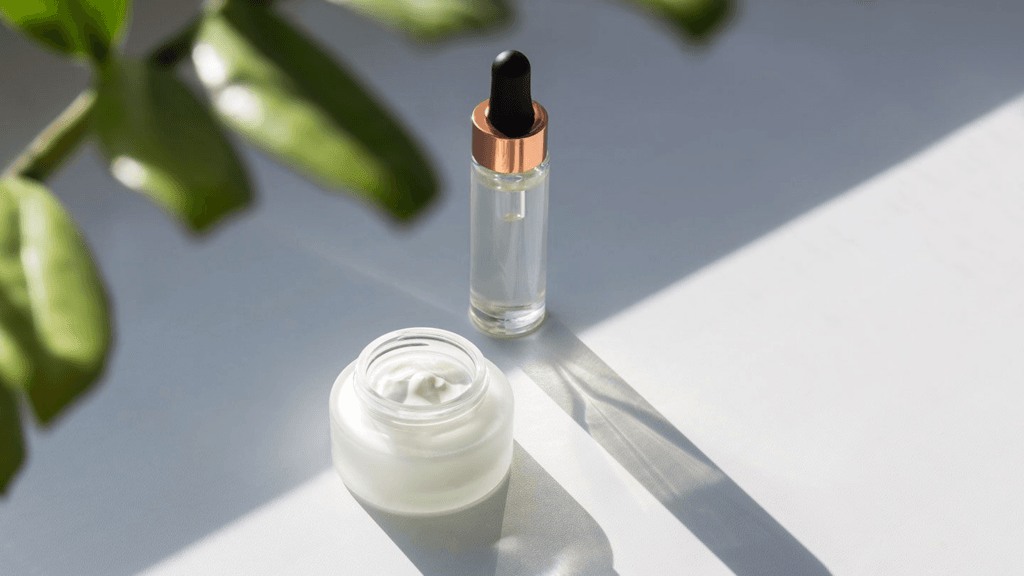Acne scars can be a frustrating and persistent reminder of past breakouts. While completely eliminating them overnight is impossible, several effective treatments can significantly improve their appearance. Understanding your scar type and choosing the right approach is key to achieving clearer, healthier skin. This article will guide you through various options for acne scar removal, focusing on speed and efficacy.

Understanding Acne Scar Types
Acne scars manifest in various forms, each requiring a tailored treatment strategy. Ice pick scars are deep, narrow, and pitted, resembling ice pick holes. These are the most challenging to treat. Boxcar scars are broad, deep depressions with sharp, well-defined edges, often appearing square or rectangular. Rolling scars are characterized by uneven skin texture with rolling, wave-like depressions. Finally, hypertrophic scars and keloid scars are raised, thickened areas of skin resulting from excessive collagen production during healing. Hypertrophic scars remain within the boundaries of the original wound, while keloids extend beyond. Accurate scar identification is crucial for selecting the most effective treatment.
Understanding the depth and type of your scar is paramount to choosing the right treatment. Shallow scars, like some rolling scars, might respond well to topical treatments, while deep scars, such as ice pick scars, typically require more aggressive interventions. The location and size of the scars also play a role in treatment selection. For instance, large areas of scarring might benefit from a different approach than a few isolated scars. A proper consultation with a dermatologist is essential for accurate assessment and personalized recommendations.
The severity of your scarring will significantly influence the treatment timeline. Superficial scars may show improvement within weeks of starting a topical treatment, whereas deeper scars might require months or even years of consistent treatment to see noticeable results. Patience and realistic expectations are vital throughout the process. It’s important to remember that complete scar eradication is often unrealistic, but significant improvement is achievable with the right approach.
Remember, self-diagnosing can lead to ineffective or even harmful treatments. A qualified dermatologist can accurately assess your scar type and severity, guiding you towards the most appropriate and effective treatment plan. Don’t hesitate to seek professional advice for personalized recommendations and realistic expectations regarding treatment timelines and outcomes.

Topical Treatments & Their Uses
Topical retinoids, such as tretinoin, are a cornerstone of acne scar treatment. They stimulate collagen production and improve skin texture, leading to a reduction in the appearance of shallow scars. However, they may cause initial irritation, and consistent use is essential for optimal results. It’s crucial to start with a low concentration and gradually increase as tolerated.
Chemical peels, using alpha-hydroxy acids (AHAs) like glycolic acid or beta-hydroxy acids (BHAs) like salicylic acid, exfoliate the skin’s surface, promoting cell turnover and reducing the appearance of superficial scars. Different strengths of peels are available, with stronger peels offering more significant results but also a higher risk of side effects. Proper application and aftercare are crucial to minimize irritation.
Topical vitamin C serums are potent antioxidants that promote collagen synthesis and improve skin texture. They can help to reduce the appearance of scars by improving skin firmness and reducing redness. However, the efficacy of vitamin C for scar reduction is less pronounced than retinoids or chemical peels. Look for serums with a high concentration of L-ascorbic acid for optimal results.
While topical treatments can be effective for mild to moderate scarring, they are generally less effective for deep scars. They are best used in conjunction with other treatments or as a maintenance strategy after more aggressive procedures. Always follow your dermatologist’s instructions carefully and be patient, as results may take several weeks or months to become apparent.
Minimally Invasive Procedures
Microneedling, a minimally invasive procedure, uses tiny needles to create micro-injuries in the skin. This stimulates collagen and elastin production, leading to improved skin texture and a reduction in the appearance of scars. Multiple sessions are typically required for optimal results. Downtime is minimal, usually just a few days of redness.
Chemical peels, when performed by a dermatologist, can be more aggressive than at-home options, offering deeper penetration and more significant results. Medium-depth and deep chemical peels can effectively treat moderate to severe acne scars, but they involve a longer recovery period and potential risks such as hyperpigmentation or infection. Careful patient selection and skilled application are crucial.
Laser treatments, such as fractional laser resurfacing, use laser energy to stimulate collagen production and improve skin texture. Different types of lasers target different scar types and depths. They can effectively treat a wide range of acne scars, but they also carry risks, including potential for hyperpigmentation or hypopigmentation, and require a skilled practitioner.
Subcision is a technique used to release tethers that pull down the skin, causing depressed scars. A small needle is inserted under the scar to break these tethers, allowing the skin to rise and improve the appearance of the scar. It’s often used in conjunction with other treatments, such as microneedling or fillers. This procedure is typically performed by a dermatologist or plastic surgeon.
Achieving Long-Term Clear Skin
Maintaining healthy skin habits is crucial for preventing future breakouts and minimizing the appearance of existing scars. A consistent skincare routine, including gentle cleansing, moisturizing, and sun protection, is essential. Sun exposure can worsen hyperpigmentation and make scars more noticeable, so daily sunscreen application with a broad spectrum SPF 30 or higher is vital.
A balanced diet rich in fruits, vegetables, and antioxidants can support healthy skin and collagen production. Staying hydrated by drinking plenty of water also contributes to skin health. Managing stress levels is also important, as stress can exacerbate acne and hinder healing.
Regular follow-up appointments with your dermatologist are key to monitoring progress and adjusting the treatment plan as needed. Be patient and consistent with your chosen treatment regimen, as significant improvement often takes time. Don’t be discouraged by slow progress; celebrate small victories and maintain a positive outlook.
Remember that complete scar elimination is not always possible, but significant improvement is achievable. Focus on maintaining healthy skin habits, following your dermatologist’s recommendations, and celebrating the progress you make. With patience and the right approach, you can achieve clearer, healthier skin and significantly reduce the appearance of your acne scars.
Addressing acne scars effectively requires a multi-faceted approach tailored to individual needs. While quick fixes are often advertised, sustainable improvement requires patience, consistency, and a well-defined treatment plan developed in consultation with a qualified dermatologist. By understanding your scar type, choosing appropriate treatments, and maintaining a healthy lifestyle, you can significantly improve the appearance of your acne scars and achieve long-term clear skin.
Discover the expertise of Dr. Ebru Okyay, your trusted dermatologist in Antalya. Whether you’re looking to address medical skin concerns or enhance your natural beauty with cosmetic treatments, Dr. Okyay is here to help. With personalized care and advanced techniques, achieving your skin goals has never been easier.